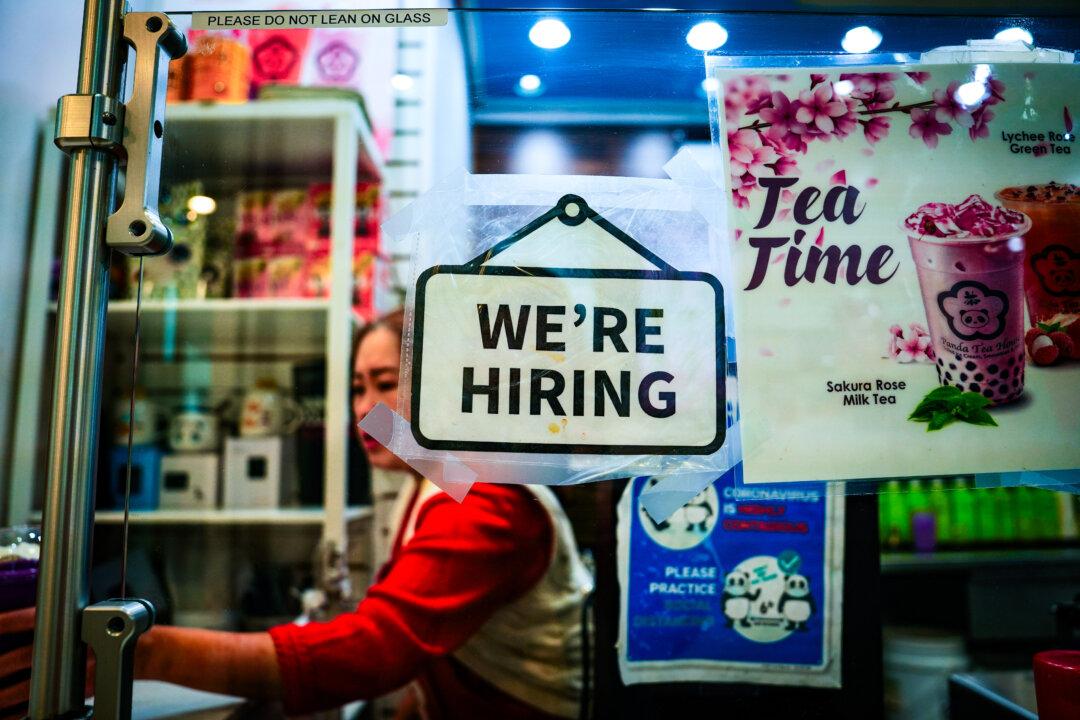The American people can have confidence that the U.S. banking system is safe, President Joe Biden said in a prepared address.
While speaking before his visit to California on March 13, the president outlined his administration’s plan surrounding the failed Silicon Valley Bank (SVB) and Signature Bank.





